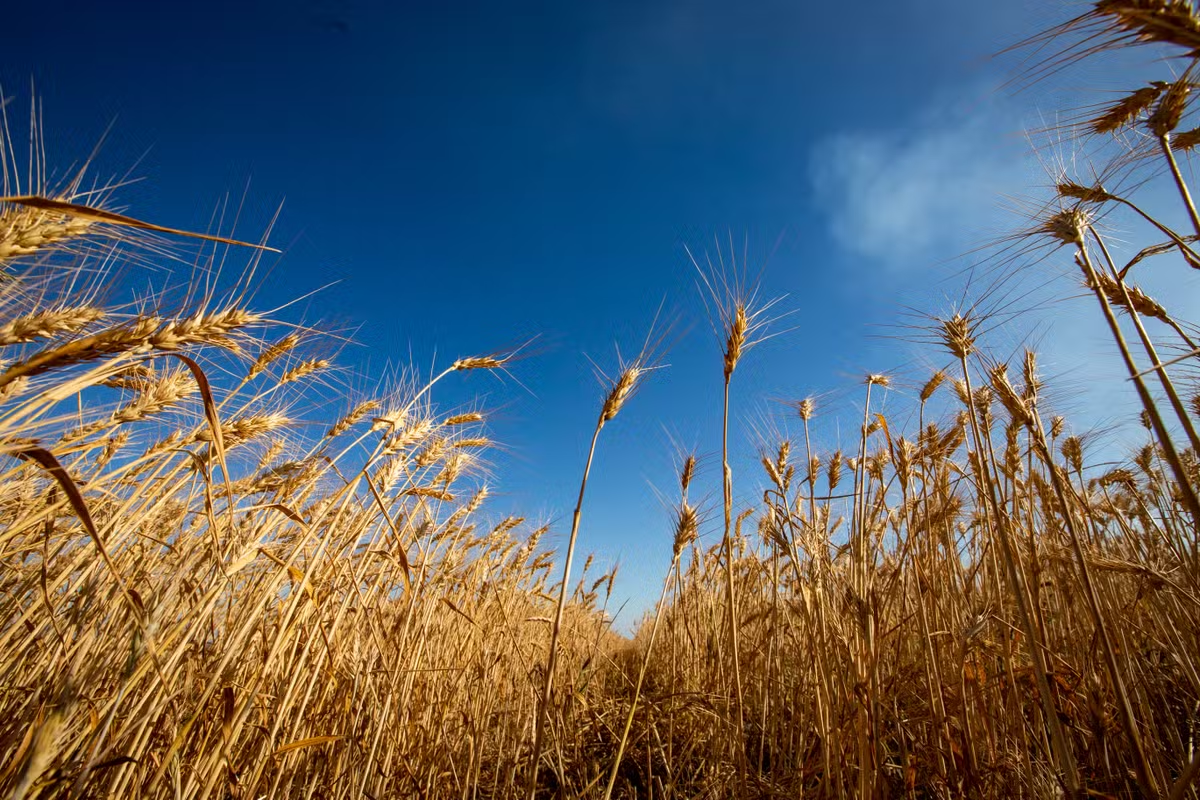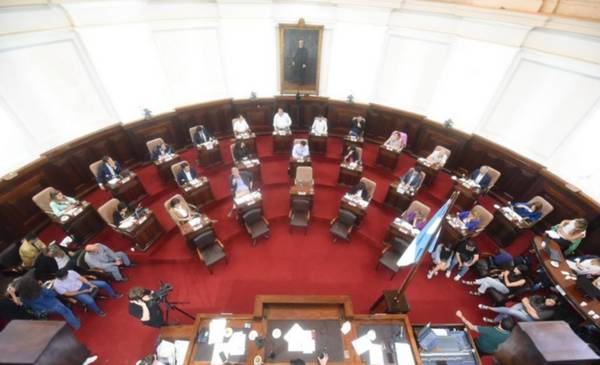
Part of the solution to combating climate change and ensuring food security lies in your everyday rice and beans. But it can also taste like cassava or sweet potato, enrich salads, season fish, and make sure you don’t lack food on your plate during a drought.
The science that has enabled Brazil to transform from an importing country to a global food-producing powerhouse has also led to the development of more nutritious and resistant varieties, fertilizers, and natural protective compounds. Some varieties are better adapted to heat and dryness. Others reduce the use of chemicals and the need for imported goods.
Many of these plants developed by Embrapa scientists will be exhibited at COP30 in the “Living Showcase”, a plantation in the Agrizone, home to sustainable agriculture. AgriZone is located at the headquarters of Embrapa Amazônia Oriental.
The rice on the climate menu could be Esmeralda rice, which requires less water for production. Pair it with tumkuma beans, which are high in zinc and iron. Foods, called biofortification, are part of adaptation and ensure quality nutrition.
The highlight of the new salad is a fast-growing spinach variety with leaves larger than your hand. One spice that has received the help of science to make it more sustainable is black pepper. Scientists at Embrapa have discovered that pepper plants, which are vines, can grow better, live longer, and even avoid deforestation when grown with “living tutors” rather than stakes.
The chosen guardian is a tree called Gliricidia, which provides shade for rural growers, tolerates drought well, and also helps fix nitrogen in the soil, a nutrient that plants need to develop.
— Planting Gliricidia, which is related to pepper, avoids deforestation and helps sequester CO2 — explains Walkymario Lemos, director of Embrapa Amazonia Oriental.
If you’re thinking of eating cassava fried or sautéed in butter, there’s golden cassava, for example, which is rich in vitamin A. Carbohydrate options include biofortified sweet potato varieties. This is the case with Amelia and Nuti, which are rich in provitamin A. These varieties also tolerate lack of moisture well.
Other varieties of purple potatoes, such as Annembe and Cotinga, are rich in anthocyanins, substances that have anti-inflammatory properties and have been linked to the prevention of cancer, diabetes, and cardiovascular disease.
Corn 4104, although its name may not be appealing, is rich in carotenoids, which the body converts to vitamin A, and it grows in about half the time of common varieties.
— Brazilian agriculture is and must continue to be based on science. Lower carbon, more resilient agriculture can be achieved. We want to demonstrate this at COP30 – says Embrapa President Silvia Masluha.
Unlike other COP30 “houses” spread across Belem, this one has a “rural” area in the center of Belem, with plantations being developed in Embrapa units across Brazil, part of the country’s efforts in adaptation and food security.
— Agriculture is often remembered as the climate problem, but it is also part of the solution. Agricultural adaptation has long been a priority for European countries and the United States, which has never wanted to finance other countries’ agriculture. Adapting to rural environments is fundamental to our economy and food security, says Marcelo Morandi, an Embrapa researcher working with the Itamaraty negotiating team at COP30.
At a time when extreme climates lead to losses in the field, the development of more resilient or nutritious plants fits into this context. The result is rising food prices and debt for rural producers. Gustavo Moser, a member of Morandi’s group, points out that only about 10% of Brazil’s agricultural production is insured.
Ana Euler, director of innovation, business and technology transfer at Embrapa, says biofortified varieties such as cassava and bananas are being introduced, especially in the Amazon. Some are suitable for other regions.
These varieties were developed through conventional genetic improvement based on the analysis of samples from the Embrapa germplasm bank, the largest in the Global South, including plant, animal, fungal and microbial samples. There are 140,000 seeds alone.
Once a desired trait has been selected, numerous varieties of the same species are crossed until a plant with higher concentrations of nutrients or tolerance to water deficits, for example, is obtained.
One of the focus areas for the use of more adapted varieties is family farming, which involves 3.7 million rural producers with up to four financial modules (size varies by state).
Another way to adapt fields and food, energy, and everything else they produce is through biologically-based inputs, such as fertilizers, agroprotectants, and compounds that can increase resistance to environmental stress. Brazil is the country that makes the most use of these bioinputs, Masulha said.
It also includes aura. It is a type of probiotic for plants made by combining soil microorganisms. Scientists have discovered that these microorganisms protect the roots of the Caatinga cactus from lack of water. Embrapa has already successfully tested Aura on corn and plans to test it on other crops in the future.
Euler believes that one of the most promising bioinputs is BiomaPhos. It is also based on a combination of soil microorganisms that, when applied to plants, can better capture the essential nutrient phosphorus.
Brazil’s agriculture currently relies on imported fertilizers. 80-90% of fertilizers, including phosphorus, are imported. Bioinputs such as BiomaPhos can help alleviate this dependence.
—By incorporating technologies, including traditional plants and methods, we are opening up an important front towards adaptation and a low-carbon economy, Lemos emphasizes.



